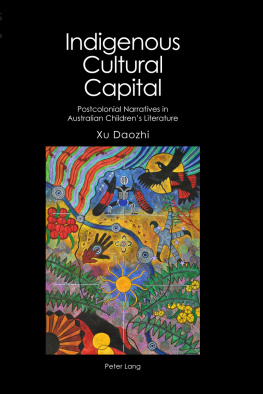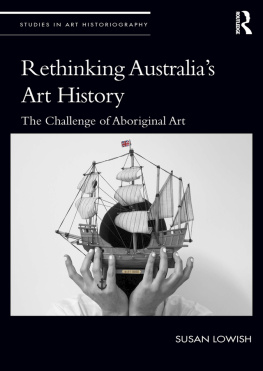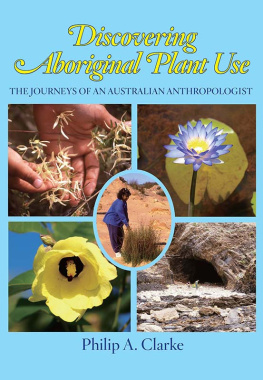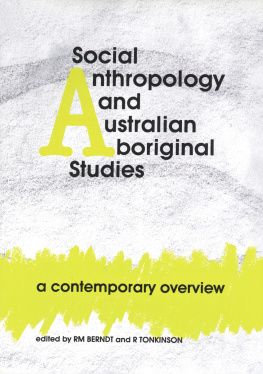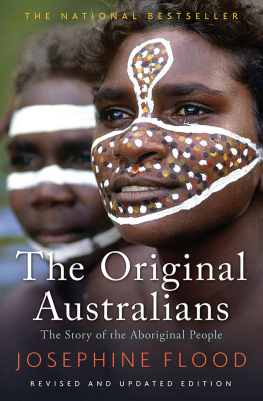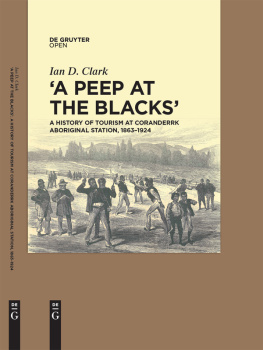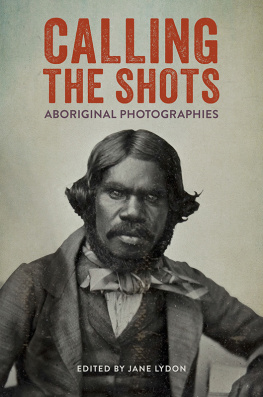Becoming Art
First published 2007 by Berg Publishers
Published 2020 by Routledge
2 Park Square, Milton Park, Abingdon, Oxon OX14 4RN
605 Third Avenue, New York, NY 10017
Routledge is an imprint of the Taylor & Francis Group, an informa business
Howard Morphy 2007
All rights reserved. No part of this book may be reprinted or reproduced or utilised in any form or by any electronic, mechanical, or other means, now known or hereafter invented, including photocopying and recording, or in any information storage or retrieval system, without permission in writing from the publishers.
Notice:
Product or corporate names may be trademarks or registered trademarks, and are used only for identification and explanation without intent to infringe.
Library of Congress Cataloging-in-Publication Data
Morphy, Howard.
Becoming art : exploring cross-cultural categories / Howard Morphy.
p. cm.
Includes bibliographical references and index.
ISBN-13: 978-1-84520-656-7 (cloth)
ISBN-10: 1-84520-656-8 (cloth)
ISBN-13: 978-1-84520-657-4 (pbk.)
ISBN-10: 1-84520-657-6 (pbk.)
1. Art, Yolngu. 2. Indigenous artHistoriography. 3. Art and
society. 4. Cultural awareness. I. Title.
N7401.M655 2007
704.039915dc22
2007033738
British Library Cataloguing-in-Publication Data
A catalogue record for this book is available from the British Library.
Typeset by JS Typesetting Ltd, Porthcawl, Mid Glamorgan
ISBN 13: 978-1-845-20656-7 (hbk)
ISBN 13: 978-1-845-20657-4 (pbk)
Most of this book was written in Darwin when I was awarded a Fellowship at the North Australia Research Unit of the Australian National University, where Helen Sainsbury and Lyle Hebb created the ideal environment for a writing retreat. The research behind it has been carried out over many years and has been made possible by grants from the Australian Research Council and, earlier on, from the Australian Institute of Aboriginal and Torres Strait Islander Studies. The ideas have been developed over years of discussions with colleagues and I would like to thank in particular Wally Caruana, Jeremy Coote, Franoise Dussart, Alison French, Nelson Graburn, Louise Hamby, Ivan Karp, Cory Kratz, Nigel Lendon, Djon Mundine, Nancy Munn, Fred Myers, Morgan Perkins, Nicolas Peterson, Margo Smith, John Stanton, Luke Taylor, Margie West, Leon White and the late Anthony Forge, and Peter Ucko. In recent years I have been based at the Centre for Cross-Cultural Research of the Research School of Humanities at the Australian National University and could not have been better supported by the staff and students there. Many people have commented on draft chapters of this book in different forms. Caroline Turner, Christian Kauffman and Karen Westmacott made invaluable inputs into individual chapters. Elizabeth Coleman interrogated the argument of the whole with her philosophers mind and continually caused me to think. Pip Deveson also read the entire manuscript with an eye for detail and clarity of argument. This book could not have been written without Frances Morphy who shared the research with me, read every chapter as it was written and then read the manuscript again as a whole. At each stage of the writing her input was critical in matters of ideas, argument and style.
It will be obvious to readers of this book that I owe an enormous debt to the Yolngu people of north-east Arnhem Land who have been hosts to Frances and me for thirty-five years. From the beginning they made it known that we were writing their history and that they had clear ideas as to what that history was. In the beginning I had the privilege to work with that generation of Yolngu intellectuals who had grown up before the arrival of the mission and who had to determine the mode of engagement with the colonial world that was beginning to encapsulate them. My main teachers were Narritjin Maymuru, Daymbalipu Mununggurr, Roy Marika, Mungurrawuy Yunupingu, Welwi Wanambi, Gawirrin Gumana, and Dula and Gambali Ngurruwutthun. Gawirrin continues to be an inspiration to the generation who have grown up since then in increasingly hard times. In recent years we have been learning from their children and grandchildren, in particular Djambawa, Bakulangay and Nuwandjali Marawili, Raymattja and Wanyubi Marika, Baluka, Galuma and Naminapu Maymuru, Dhukal and Wuyal Wirrpanda, Waka Mununggurr, and Boliny, Wukun and Ralwurranydji Wanambi. Our special thanks go to Malumin Marawili and Dhambit Wanambi for allowing us to use that special spot under the tamarind tree as our home from home at Yilpara, and to Sally Wagg for sharing her home with us at Yirrkala. I could not have received greater assistance from Will Stubbs and Andrew Blake the managers of Buku-Larrnggay Mulka Art Centre, Yirrkala and their staff.
I have received great support from many cultural institutions, in particular the National Museum of Australia, Museum Victoria, the Kluge Ruhe Aboriginal Art Museum at the University of Virginia, the Museums and Art Galleries of the Northern Territory and the Berndt Museum at the University of Western Australia. Lindy Allen, curator of the Donald Thomson Collection at Museum Victoria deserves a special mention.
The ladder of art lies flat, art never improves only changes.
Margaret Preston
In this book the Yolngu people of north-east Arnhem Land are used as an exemplar of value creation processes in art. Essentially this book is about a paradox Yolngu have always produced art but Yolngu art has only recently been recognized as art. To make sense of this paradox we have to acknowledge that there are two implicit definitions of art at play. On the one hand there is a cross-cultural definition of art that encompasses actions and objects that have something in common that can be referred to as art and that places them in the analytic category of artwork. On the other hand there is designation of certain works as fine art works that are bought and sold as such in the art market and that are exhibited in art galleries and museums of fine art. The solution to the paradox is then made visible: Yolngu have always produced art but only recently has it been recognized as fine art. However, that is merely the beginning of the enquiry, since what then needs to be answered is: who defines art and fine art and how do works become included within the latter category?
I will argue that art and fine art are best seen to be polythetic categories as far as the substantive nature of the works that are included within them is concerned they contain a great deal of diversity but overall there is a sense that the included works have sufficient in common across the spectrum that they form a definable category of thing. I will also argue that both categories contain substantively similar kinds of objects and can enter into each others discourses. The works that enter the domain of fine art are on the whole ones that fit into the more general art category. The general category that I focus on is a cross-cultural one, since it is intended to apply to art wherever it is found.
The cross-cultural definition that underlies my argument is one which I developed some time ago: art objects are ones with aesthetic and or semantic attributes (but in most cases both), that are used for representational or presentational purposes (Morphy 1994b: 655; Morphy and Perkins 2006: 1117). I see it as a working definition that seems to capture the attributes of certain types of object which exist in most human societies and which reflect one of the ways in which people can act in the world they can act through the making and use of art. Unsurprisingly it is these kinds of object that end up eventually being selected out for inclusion in the institutions of fine art, the ones that end up being marketed as fine art. Fine art is in its origins a Western category and deeply imbricated in the history of Western art since at least the Renaissance, consolidating in something close to its present form in nineteenth-century Europe (Winter 2002; Joachimides 2000). As far as its content is concerned it is a continuously changing category, usually through the inclusion of additional works and kinds of works. In its history, fine art is entangled with the development of aesthetic theory and attitudes, is connected to taste, class and hierarchy (Bourdieu 1984) and to the evolution of the art market. In this book I will argue, however, that the most distinctive feature of fine art is that it is part of a value creation process which selects what are considered to be the finest works of a particular tradition and creates the conditions for privileged viewing in selective institutions. My definition of fine art does not originate in the institutional theory of art (Dickie 1974; Danto 1964; Becker 1982), though the institutional theory addresses the present character of the world of fine art and seeks to understand the authority vested in its players. In a succinct criticism of the institutional theory of art, Christopher Janaway writes that it cannot be easily used, as earlier theories were to persuade us of what is peculiarly valuable about art (1995: 59). It is to the more general concept of art that we can look in order to encompass the width of what is valued in fine art, and that width is an integral part of the dialogic historical relationship between art and fine art. Once we have understood the nature of this relationship and deconstructed the essentialism and separatism of the fine art category, we open up insights into the processes of inclusion into that category, which require us to take account of the diversity of ways in which art has been used to act in the world and the values associated with it.


